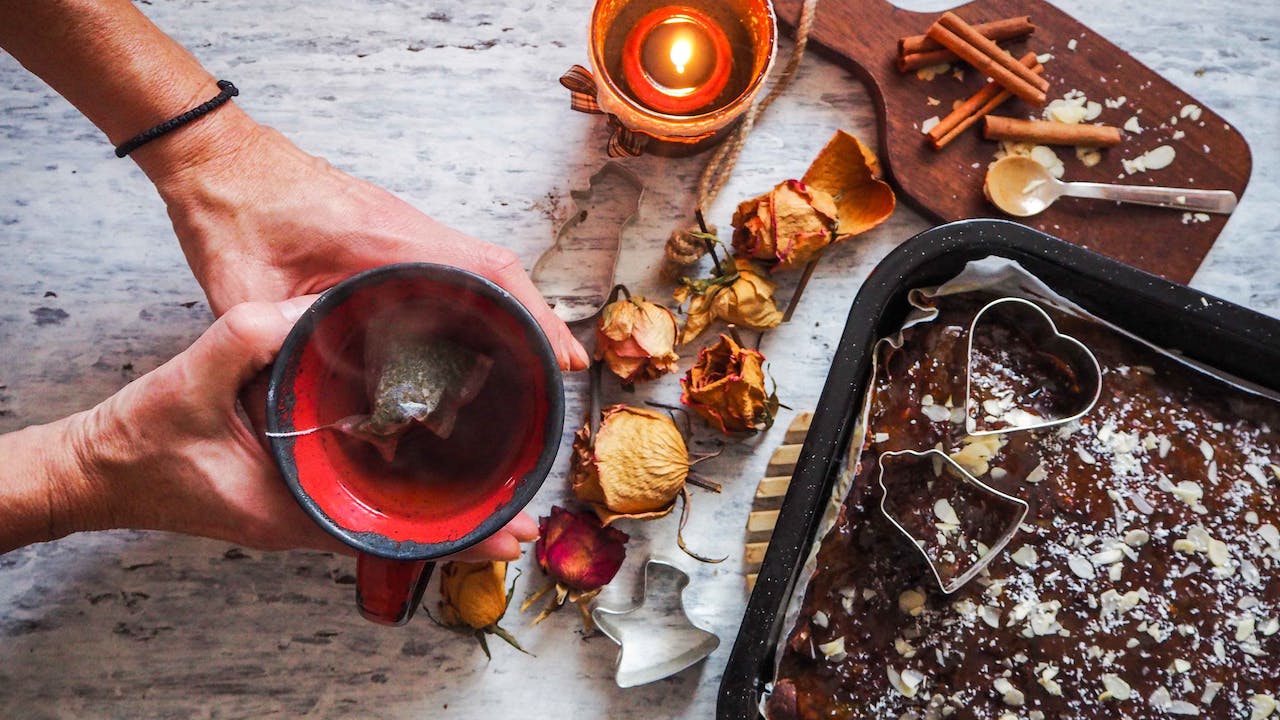In the bustling heart of the home – the kitchen – efficiency and order can make all the difference, especially when it comes to baking. Baking pans, with their varied shapes and sizes, can often lead to clutter if not organized effectively. This guide is dedicated to unraveling the art of neatly arranging these essential kitchen tools, ensuring they’re always at hand when you need to whip up your next culinary masterpiece. From understanding the array of pans in your arsenal to exploring innovative storage solutions, this guide covers it all. You’ll learn not just how to organize, but also how to maintain your baking pans for enduring quality and performance.
Understanding Your Baking Pans:
Every baker’s collection starts with an assortment of baking pans, each designed for a specific purpose. Sheet pans, muffin tins, loaf pans, and more, each come with their unique storage challenges. The material of these pans – be it aluminum, silicone, or non-stick – not only influences baking outcomes but also impacts how they should be stored. The trick lies in recognizing these variations. The diverse sizes and shapes of these pans can often puzzle even the most seasoned bakers when it comes to efficient organization.
Assessing Your Space and Needs:
Organizing begins with a thorough evaluation of your available kitchen space. Assessing the dimensions and layout of your drawers, cabinets, and countertops is essential. An often overlooked aspect is the frequency of use. Pans that find their way into your baking routines more often should be given prime real estate in your kitchen for easy accessibility. It’s about creating a balance between practicality and the limitations of your kitchen space.
Innovative Storage Solutions:
The debate between vertical and horizontal storage is ongoing among kitchen organization enthusiasts. Each has its merits and can be utilized based on the specific constraints and requirements of your kitchen. For those who enjoy a touch of personalization, DIY solutions offer endless possibilities, turning pan organization into a creative project. Additionally, the market is rife with commercial organizers – racks, holders, and dividers, designed to bring order to even the most chaotic of kitchen drawers and cabinets.
Maintenance and Care for Longevity:
Organization is not just about arranging your pans neatly. It’s also about caring for them. Different materials require different cleaning methods to ensure they last longer and perform better. It’s also crucial to store your pans in a way that prevents warping and scratching, common issues that arise from improper storage. Regular reassessment of your organization strategy is recommended, adapting to changes in your baking habits and pan collection.
Maximizing Small Spaces:
Not everyone has the luxury of expansive kitchen space. This section should focus on innovative, space-saving ideas tailored for smaller kitchens. Ideas like multipurpose storage and utilizing vertical space effectively can be lifesavers in cramped kitchens. It’s about making the most of every inch, turning limitations into creative challenges.
Organizing for Specialty Bakers:
For those who have an array of specialty pans, organization takes on a different hue. These pans, often used less frequently but essential for certain recipes, need special consideration. Balancing functional storage with aesthetic display can be particularly relevant here, especially for unique or decorative pans that are as much a part of the kitchen’s decor as they are tools for baking.
In conclusion, an organized kitchen is a more efficient and enjoyable space for any baking enthusiast. This guide has traversed the various aspects of organizing, and baking pans, offering insights and solutions to transform your kitchen into an exemplar of order and efficiency. As you embark on this journey of reorganization, remember that the ultimate goal is to create a space that resonates with your personal baking style and needs. Happy organizing, and may your next baking adventure be both delightful and clutter-free.

